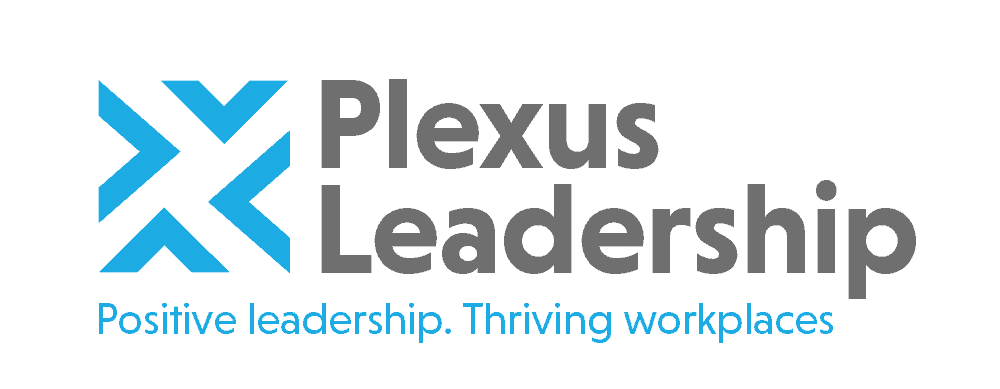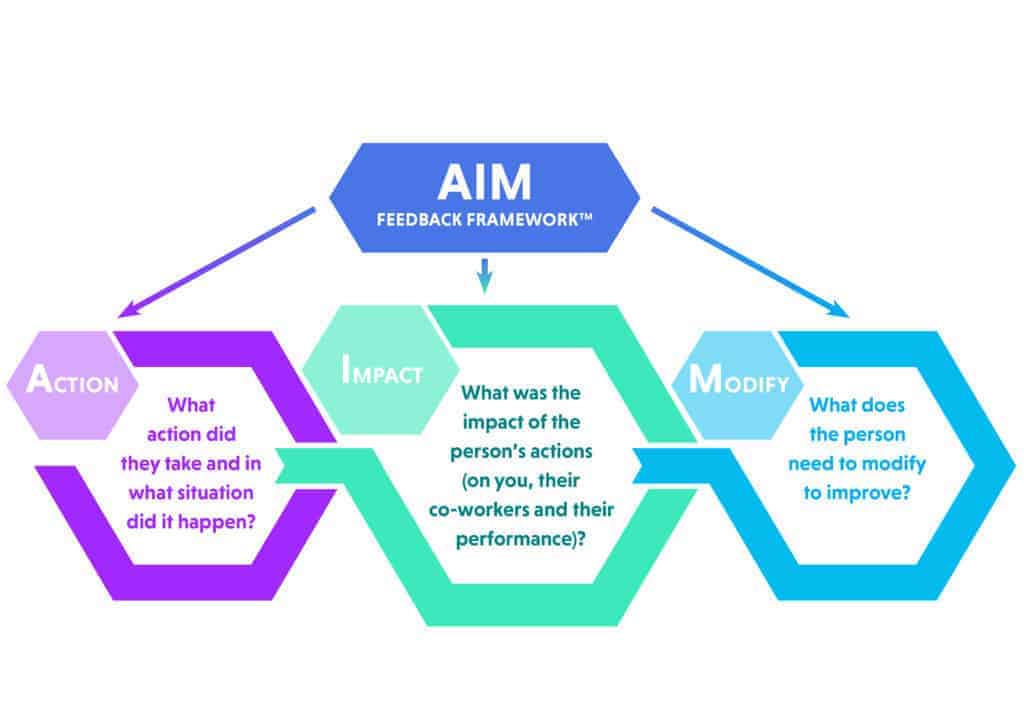Many managers struggle with tough feedback conversations, as they fear conflict situations and worry about undermining their relationship with their team member. They end up falling into one of the following traps:
Avoidance – they avoid the conversation in the hope that the problem will resolve itself or won’t cause too many problems. However, avoidance usually leads to problems becoming amplified and resentment building among other members of the team.
Using the popular “sandwich approach” – they dilute critical feedback by layering it between two ‘slices’ of positive feedback, at the outset and end of the conversation. This results in the poor performer selectively hearing only the positive messages and leaving the meeting believing they don’t need to change.
Over-criticism – they use an autocratic, critical tone. They generalise the critical feedback to the person’s performance (and even personality) rather than focusing it on the behaviour that needs to be changed. This is very risky, as it leaves people feeling angry and demotivated and also opens the door for claims of bullying and unfair dismissal.
A 6-step process to tough feedback conversations
Based on decades of experience in helping managers and leaders deal with tough feedback conversations, I recommend applying the following 6 steps:
- Use a simple framework to guide your feedback – Follow a simple process like our AIM Feedback Framework™ (see below) to ensure your feedback is candid, concise and maximises the likelihood of achieving lasting change.
- Focus on the behaviour, not on the person – Ensure you don’t criticize or judge the person. Be specific and clear about the behaviour that you would like to see changed.
- Keep it brief – Feedback receivers prefer crisp and clear messages so don’t ramble or provide lengthy justifications. Using no more than 20-40 words is a good rule of thumb to apply.
- Give the person an opportunity to clarify – Ensure you check that the person understands the feedback. Invite them to summarize what they’ve heard and give them an opportunity to clarify anything they don’t understand.
- Acknowledge the person’s concerns – Calmly allow the person to express their point of view and any feelings triggered by the feedback. Don’t react if they express anger or defensiveness, simply listen and acknowledge their concerns.
- Provide suggestions – Provide no more than a couple of specific suggestions to help the person change. To encourage ownership and commitment, check how helpful these are and encourage the person to come up with their own ideas.
Learn to spot good performance and give positive feedback
Most of us are conditioned to focus more on the negatives than on the positives – what psychologists call the “negativity bias”. It is therefore important for managers to consciously learn to spot people doing positive work and performing well. By giving positive feedback and praise, managers can build high levels of trust and respect and build a culture where people outperform and are more open to feedback on how to improve.
AIM Feedback Framework™
 Action
Action
What action did they take and in what situation did it happen?
For example:
“In the project meeting yesterday, I noticed you interrupted Joe several times.”
Impact
What was the impact of the person’s actions (on you, their co-workers and their performance)?
Most people don’t intend to act in a way that undermines performance and/or relationships. Their intentions are usually positive, even when their behaviour causes unintended consequences. Give them the benefit of the doubt and trust that they intended to act positively in the first place.
For example:
“I was frustrated that Joe couldn’t make his points fully and we missed out on his valuable input.”
Modify
What does the person need to modify to improve?
Provide specific suggestions and guidance to help the person modify their behaviour.
For example:
“When we meet with the team in future, it would be great to see you give Joe an opportunity to make his points without interrupting. You could also encourage him to contribute his opinion from time to time as we both know he is an introvert.”
Other Posts

About the Author
James Brook
Founder and MD | Leadership Consultant | Organizational Psychologist
James is a leadership consultant, organizational psychologist and executive coach. He has over 25 years’ experience working with leaders, teams and organizations globally to optimize their performance, talent and future success. He specializes in positive leadership, thriving workplaces, collaboration and influencing, organizational change and transformation, accelerating innovation and coaching executives and leaders in innovative sectors including Tech, Digital, E-commerce and Life Sciences.
Before setting up Plexus Leadership, James held leadership roles in HR and Talent Management in the UK and abroad with companies such as NatWest, Yahoo! and Novo Nordisk Pharmaceuticals. After this, he founded and led several talent and leadership consulting and assessment businesses, including Strengthscope®, an online strengths assessment and development business serving a wide range of UK and global clients. James grew this venture into a global market leader before selling the business in 2018.
James has supported, advised and coached leaders and teams globally across diverse industries and geographies. Clients he has worked with include Allen & Overy, Commvault, Equinor, Facebook, GSK, Hilton, John Lewis, Novartis Pharmaceuticals, NHS, Oracle, Sainsbury’s, Swiss Re, Tesco, Takeda Pharmaceuticals, WSP and Yahoo!.
James has a Master’s in Organizational Psychology, an MBA, an Advanced Diploma in Executive Coaching and a Harvard Business qualification in Sustainable Business Strategy. He is a member of the Institute of Directors, the Association of Business Psychologists and a Fellow of the Chartered Institute of Personnel and Development (FCIPD). He is currently undertaking a PhD in Organizational Psychology examining the start-up experiences of Tech and Digital entrepreneurs.
James is a regular contributor and speaker on leadership, coaching, innovative talent management and the future of work. His most recent book, Optimize Your Strengths, explores how leaders can create thriving workplaces by inspiring and supporting people to optimize their potential and teamwork to deliver breakthrough results.


 Action
Action 

